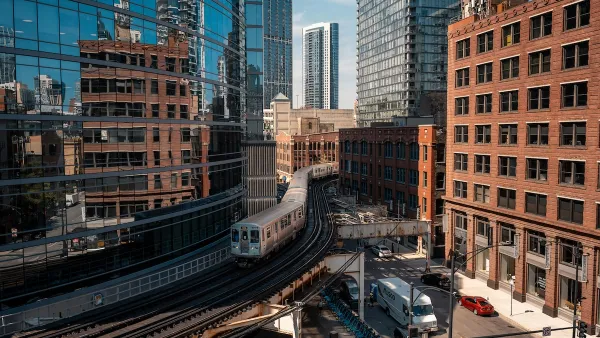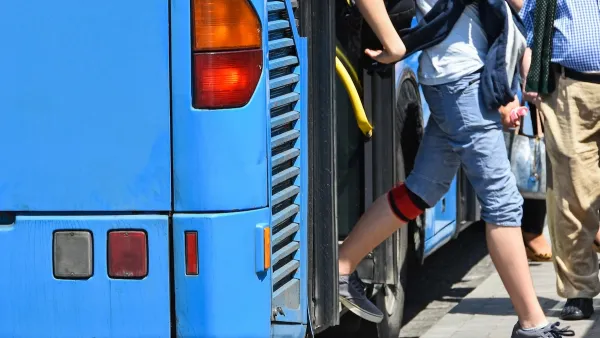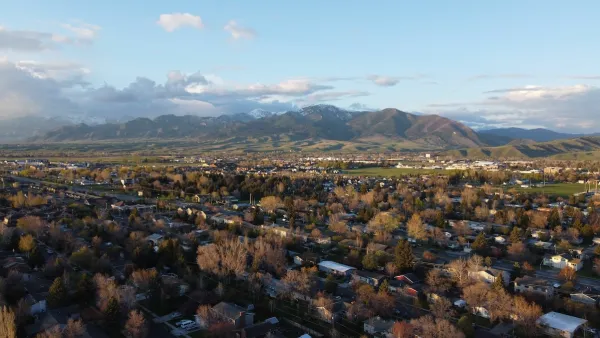As more attention is paid to the struggles of U.S. public transit systems, some factors are getting less attention than others.

Paul Comfort, VP of Business Development for the Trapeze Group, pens an opinion piece for the Eno Center for Transportation in which he lists five hidden flaws of public transit systems. The list could also be called five underreported problems in need of reform if we want to save public transit in this country.
Here is the list, with more detail included in the article.
- There is not enough individual accountability for performance. Comfort cites a fairly surprising specific example, but also says that many positions throughout public transit systems lack individual accountability.
- Administrative departments gain too much influence over operations. "Too often – out of undue fear of risk – leaders and new ideas for success and achievement are neutered by bureaucratic responses," Comfort writes.
- Focus is on the wrong key performance indicators. Here Comfort take umbrage with the continued focus on ridership as the key indicator of public transit success. "If ridership is the only measurement of success for public transportation, then we are all failing." Comfort says transit systems should focus on performance indicators they can directly control, like safety and reliability, for instance.
- There is expensive outsourcing of staff positions due to established position caps. Politicians think position caps shrink the size of government, and reduce spending as a result.Comfort argues that position caps "often lead agency managers to hire for the positions they need through contracts with staffing agencies or architectural and engineering (A&E) firms."
- Paratransit focuses on rules, not people. This point is specifically about how paratransit serves people with disabilities, but the points about obsessing over the Americans With Disabilities Act, even when the law doesn't require it, might apply more broadly
FULL STORY: Guest Op-Ed: Five Hidden Flaws in Most Transit Systems

Maui's Vacation Rental Debate Turns Ugly
Verbal attacks, misinformation campaigns and fistfights plague a high-stakes debate to convert thousands of vacation rentals into long-term housing.

Planetizen Federal Action Tracker
A weekly monitor of how Trump’s orders and actions are impacting planners and planning in America.

San Francisco Suspends Traffic Calming Amidst Record Deaths
Citing “a challenging fiscal landscape,” the city will cease the program on the heels of 42 traffic deaths, including 24 pedestrians.

Defunct Pittsburgh Power Plant to Become Residential Tower
A decommissioned steam heat plant will be redeveloped into almost 100 affordable housing units.

Trump Prompts Restructuring of Transportation Research Board in “Unprecedented Overreach”
The TRB has eliminated more than half of its committees including those focused on climate, equity, and cities.

Amtrak Rolls Out New Orleans to Alabama “Mardi Gras” Train
The new service will operate morning and evening departures between Mobile and New Orleans.
Urban Design for Planners 1: Software Tools
This six-course series explores essential urban design concepts using open source software and equips planners with the tools they need to participate fully in the urban design process.
Planning for Universal Design
Learn the tools for implementing Universal Design in planning regulations.
Heyer Gruel & Associates PA
JM Goldson LLC
Custer County Colorado
City of Camden Redevelopment Agency
City of Astoria
Transportation Research & Education Center (TREC) at Portland State University
Jefferson Parish Government
Camden Redevelopment Agency
City of Claremont





























